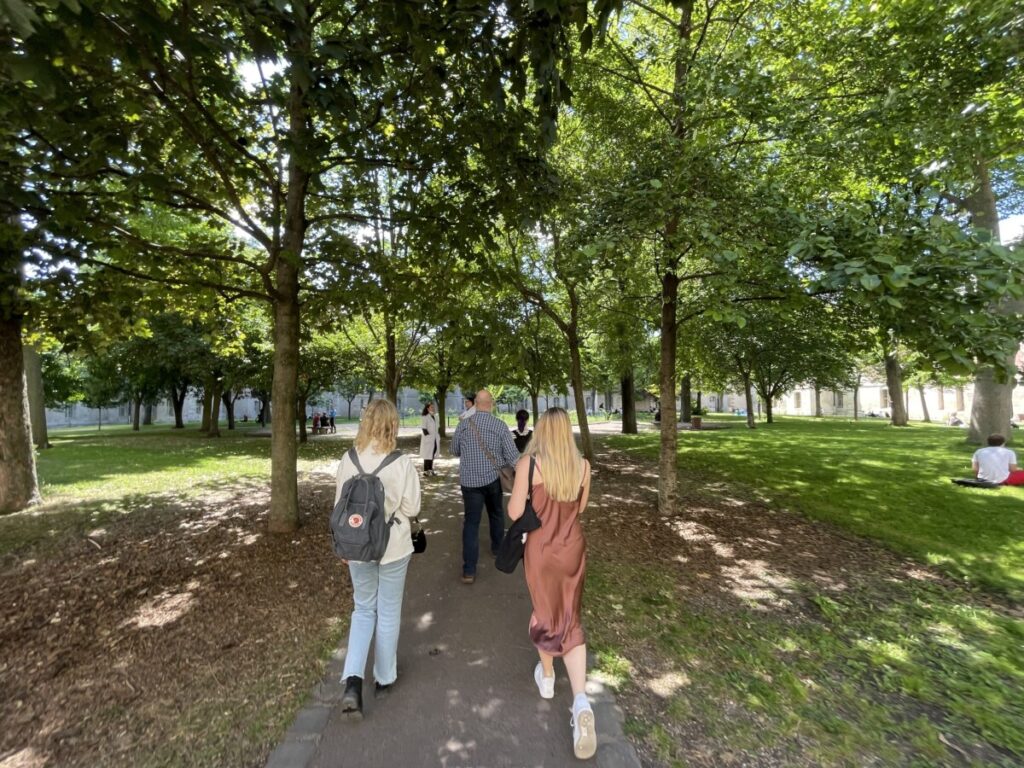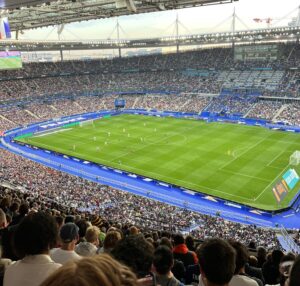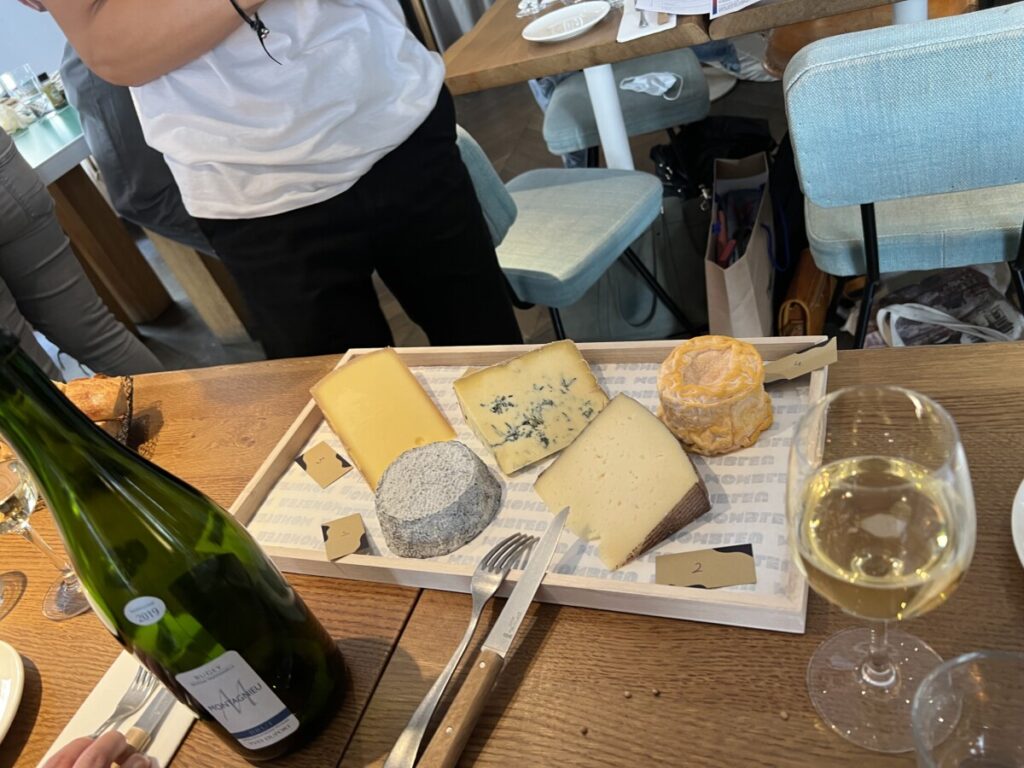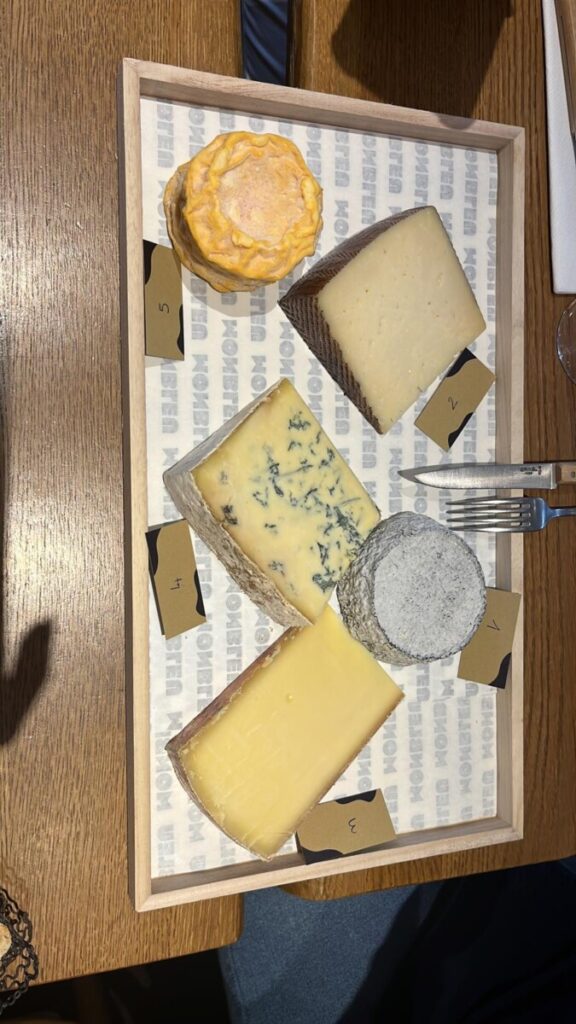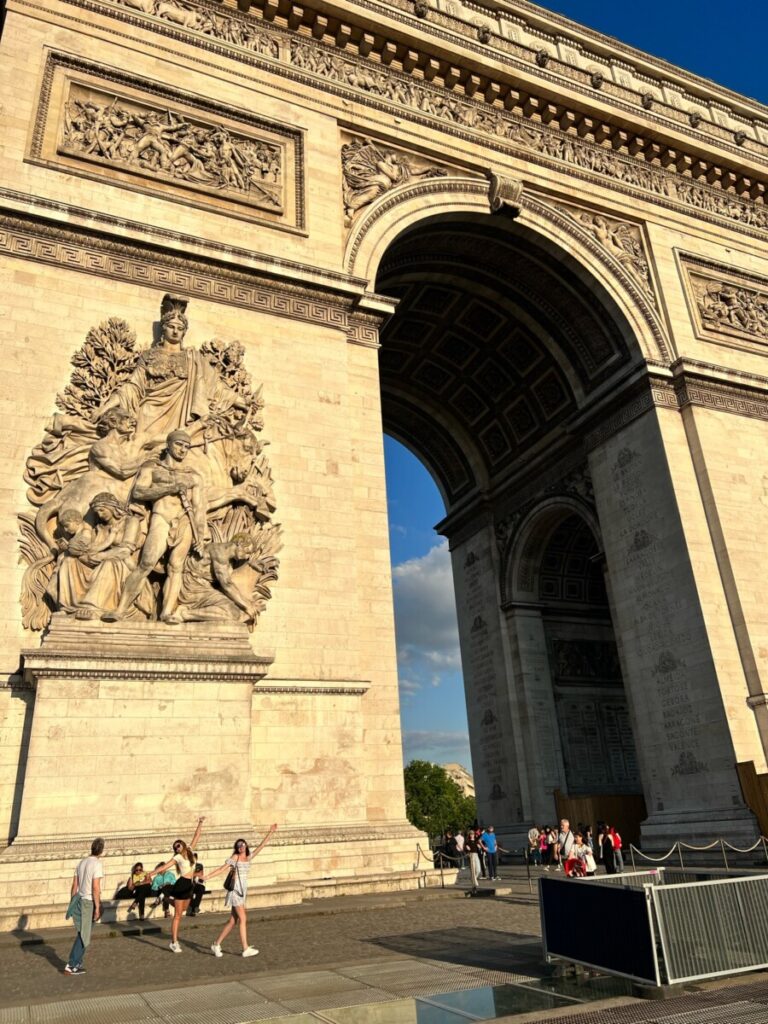
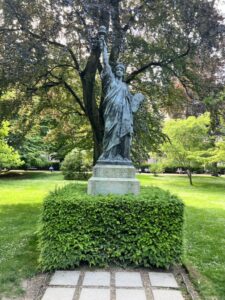
During this trip, my roommate and I have been blessed to have the Luxembourg Garden only a five-minute walk away. After waking up early one morning and getting breakfast to go, I decided to explore the park a little more. It was nice to see people on their morning walks or runs. As I wandered, I came upon the miniature version of the Statue of Liberty in New York and the beautiful fountain next to it. In a study conducted by Ward Thompson et al. (2012), they found that parks help with stress reduction and mental health overall. With this in mind, I am very excited to enjoy all that the gardens have to offer while I am here.
Reference:
Ward Thompson, C., Roe, J., Aspinall, P., Mitchell, R., Clow, A., & Miller, D. (2012). More green space is linked to less stress in deprived communities: Evidence from salivary cortisol patterns. Landscape and Urban Planning, 105(3), 221–229. https://doi.org/10.1016/j.landurbplan.2011.12.015


